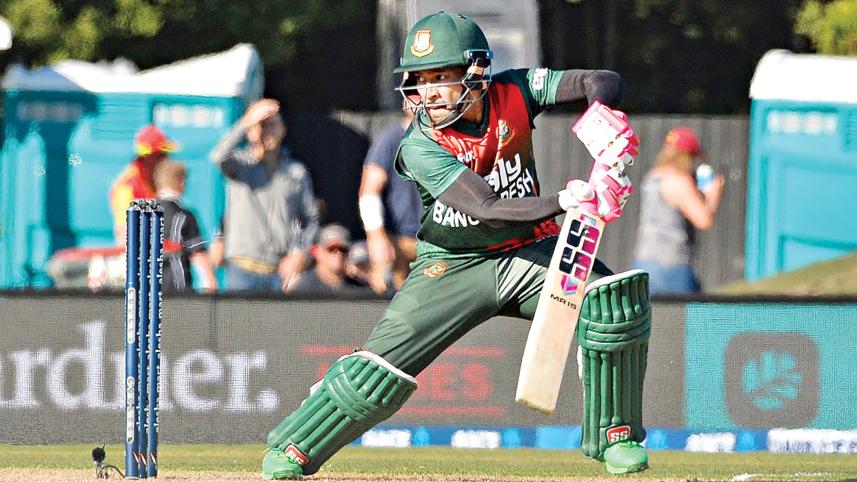Dot balls remain a cause for concern

It was a batting fiasco in the first ODI in Dunedin which saw Bangladesh get thumped while the whole unit's abysmal failure in the fielding department saw the second match in Christchurch slip away from the Tigers.
And even though Bangladesh have already lost the three-match ODI series, the Tamim Iqbal-led troop will be hoping not to repeat these scenarios in order to salvage some pride and finish with a first-ever win against the hosts on New Zealand soil.
The batting debacle and fielding catastrophe might have come to the fore in the first two ODIs, but the Tigers would also need to deeply work on and rectify another aspect of their game if they hope to turn the tide in the third ODI in Wellington tomorrow.
Amid heavy criticism about batting and fielding, what might have missed the general fans' eyes was the alarming rate of dot balls played by the Tigers in both ODIs. It was even learned that the dot ball issue was also raised and remained a topic of discussion in the Tigers' team meeting after the second ODI.
Facing a total of 251 deliveries (41.5 overs), Bangladesh batsmen played 185 dots -- more than 73 per cent of the balls faced -- in the first ODI, a pathetic display reflected in the score of 131 all out.
But even though the Tigers scored 271 for six in Christchurch, they still played 168 dot balls in 50 overs -- 56 per cent of the total deliveries faced. Everyone rued the two dropped catches -- those by Mushfiqur Rahim behind the stumps and by Mahedi Hasan off his own bowling. Needless to say that those two dropped chances could have turned the game decisively in favour of Bangladesh, but things could have been much harder to begin with for New Zealand had Bangladesh batters been a bit more agile and proactive in rotating the strike and put on a much stiffer target to chase.



 For all latest news, follow The Daily Star's Google News channel.
For all latest news, follow The Daily Star's Google News channel.
Comments